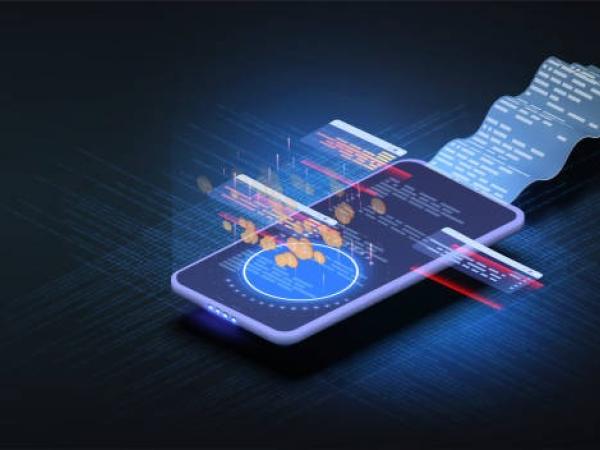The National Tax and Customs Directorate (Dian) has been increasingly insisting that businesses have the issuance of electronic billingto the point that it offers tax benefits with the objective that every business that has the capacity to issue it.
Likewise, it is also known that several businesses have been temporarily closed by the entity due to not having an electronic billing system. These cases, in fact, were very popular last year.
(Further: Vehicle tax in Bogotá: how to access the discounts?).
For this year, the Dian ensures that more and more commercial companies have implemented software that allows them to comply with this obligation, regulated mainly by the Resolution 000165 of 2023.
Electronic Billing Monitoring – Dian.
“The electronic invoicing process for 2025 not only implies a new way of issuing tax documents, but also a restructuring of how companies manage their relationship with the Dian. This represents an opportunity for SMEs to optimize their processes, adapt to the digital era and align with current regulations.“, he assured Alejandro Silva, general manager of Sovos Saphety.
(Read also: Factoring: a trend that would set the pace in 2025).
In case you want to implement electronic invoicing in your business, this is what you should do to achieve it:
How to do it
1. Understand the resolutions and their impact: Review current regulations and confirm if you are obliged to issue electronic invoices according to the resolutions issued by Dian. The key dates for 2025 are clear, but it is important to review them in detail on the Dian portal.
2. Find a technology provider authorized by Dian: An authorized technology provider guarantees that your billing system meets the standards established by Dian. These providers offer technical support and updates necessary to ensure regulatory compliance.
3. Choose an authorized billing software: Select a solution that meets the technical requirements established in Resolution 000165 of 2023. Make sure that the system integrates with your accounting processes and facilitates the issuance of invoices in accordance with current regulations.
(We recommend: How many businesses has Dian closed in Bogotá for omitting electronic invoicing?).

Electronic billing
4. Perform enablement tests: Before issuing real invoices, Dian requires tests to verify the correct functioning of its system. This step is crucial to avoid errors and ensure that everything is aligned with established technical standards.
5. Implement internal processes and train your team: Make sure your collaborators know the procedure for issuing and managing electronic invoices. Training should include how to handle possible errors in issuing or rejections of the Dian.
6. Start issuing electronic invoices: Once the previous steps have been completed and with the authorization approved, you can now start issuing electronic invoices from your system.
PORTFOLIO


















